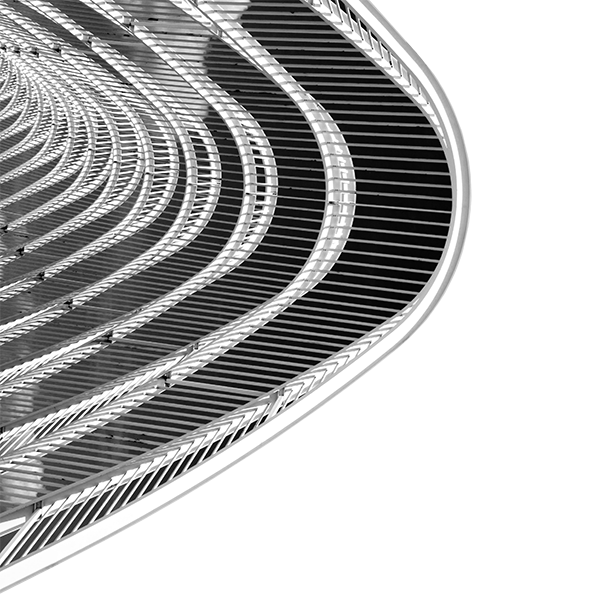Lightning Introduction

Lightning Certification of Transport Aircraft
A summary of all required tasks
Lightning protection of aircraft is a large, multi-year program for any aircraft certification effort. The tasks are further complicated by the use of composites as the structural material.
The approach presented has emerged as a best practice for lightning certification. By leveraging state-of-the-art simulation and analysis tools, this is the best approach to lightning protection programs that save overall total man-hours and schedule, as documented in the literature.5 Testing is optimized to validate a simulation approach.
The modern approach to lightning protection is to build a simulation model of the aircraft. This model provides a scientific foundation for the certification plan development and its execution. Benefits of this model include:
- It is directly traceable to official CAD drawings.
- It can be configuration controlled and become part of the certification documentation.
- It can rapidly provide design trade-off analysis.
- It can provide structural currents and voltages to guide direct effects testing.
- It can provide ATL, EDTL, etc. for vendor flow down requirements
- It can be modified to provide certification support for aircraft upgrades and derivatives, payload integration, and other future activities.
There is historical4 and recent success in certification and cost savings in all aspects of lightning certification programs for major aircraft systems. This work has been widely publicized and is visible in technical publications.1,2,3
EMA Lightning Resources- Table of Contents
1: Indirect Effects of Lightning (IEL)
1.1 Specify Initial Transient Control Levels (TCLs)
1.2 Design Guidance for IEL
1.3 Design Circuit Protection
1.4 Evaluate the Performance of Structures, Interfaces and Cables
1.5 Determine Actual Transient Levels (ATLs) for the Aircraft
1.6 Validate Analysis
1.7 Conformed Equipment and Subsystem Testing
1.8 Corrective Measures
1.9 Team Experience in IEL
1.10 Benefits of Technical Approach
2: Direct Effects of Lightning (DEL)
2.1 Zoning Assignment
2.2 Set Current Distribution in Structures
2.3 Evaluate the Performance of Structures to Lightning Arc Attachment and Conducted Current
2.4 Design Guidance for DEL
2.5 Component and Representative Coupon Testing at High Current/High Voltage
2.6 Corrective Measures
2.7 Team Experience in DEL
3: Lightning Fuel System 25.981
3.1 Introduction
3.2 Regulatory and Program Planning/Reporting
3.3 Characterization of the EM Performance of Individual Structures and Systems
3.4 Establishment of Failure Modes
3.5 Determination of the Electromagnetic Environment during All Scenarios
3.6 Coupon Testing
3.7 Experience in Fuel Tank 25.981
[1] B. Walgren, M. Backstrom, R. Perala, P. McKenna, “The use of finite difference electromagnetic analysis in the design and verification of modern aircraft”, 1989 International Conference on Lightning and Static Electricity (University of Bath, UK)
[2] D. Lalonde, J. Kitaygorsky, W. B. S. Tse, J. Kohler and C. Weber, “COMPUTATIONAL ELECTROMAGNETIC MODELING AND EXPERIMENTAL VALIDATION OF FUEL TANK LIGHTNING CURRENTS FOR A TRANSPORT CATEGORY AIRCRAFT,” 2015 International Conference on Lightning and Static Electricity (Toulouse, France), 2015.
[3] C. Weber, D. Lalonde, W. Tse, S. Brault, J. Ahmad and J. Kitaygorsky, “LIGHTNING RESPONSE OF A COMPOSITE WING TEST BOX: A VALIDATION OF SIMULATION RESULTS,” 2015 International Conference on Lightning and Static Electricity (Toulouse, France), 2015.
[4] K. SATAKE, S. YAMAMOTO, H. YAMAKOSHI, T. AOI, A. IYOMASA and K. MURAKAMI, “Development of Electromagnetic Simulation Supporting Lightning Protection Design of Mitsubishi Regional Jet,” Mitsubishi Heavy Industries Technical Review, vol. 49, no. 4, pp. 79-84, 2012.
[5] T. Rudolfph, B. D. Sherman, T. He, and B. Nozari, “MD-90 Transport Aircraft Lightning Induced Transient Level Evaluation by Time Domain Three Dimensional Finite Difference Modeling”, 1995 International Aerospace and Ground Conference on Lightning and Static Electricity, Williamsburg, VA, USA

